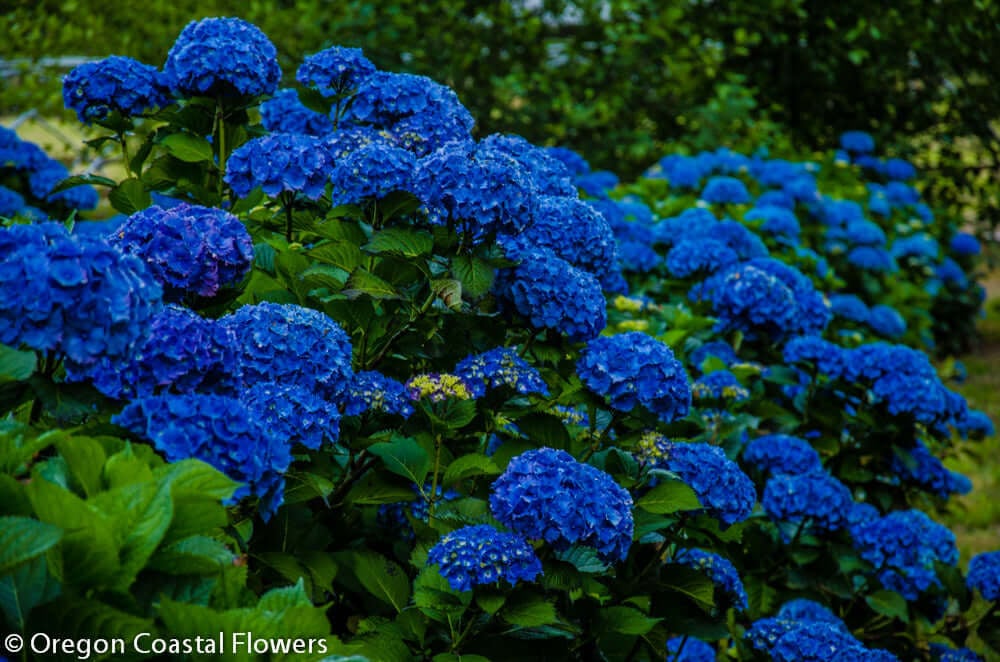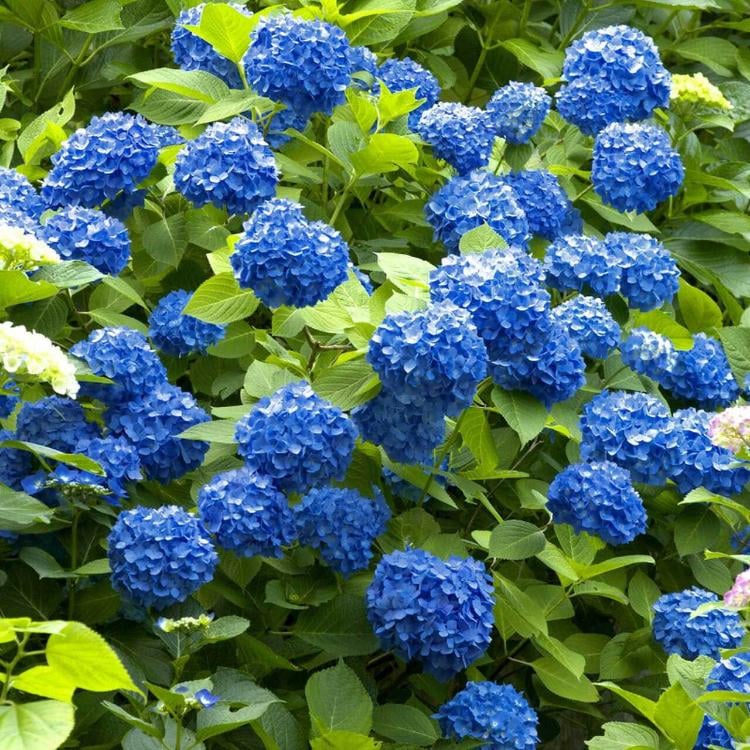Frequently asked questions about the blue hydrangeas
Blue hydrangeas make a great addition to your outside area and interior, which people adore as the result of plant breeding due to their bright color and abundant flowering. However, so often, many would-be gardeners are asked questions on how to maintain these plants' graceful blooms appropriately. Below this article, some of the most asked questions concerning blue hydrangeas have been highlighted to ensure you have the information you need to grow beautiful flowers in your garden.
- Are blue hydrangeas possible to be grown indoors?
Blue hydrangea is an indoor plant that does best under particular climatic conditions. Here are some critical considerations for indoor growth:
- Light: So always ensure to place the plant in an area that does not have direct sunlight exposure. There is also a tendency for the leaves to be burnt by direct sunlight.
- Humidity: Hydrangeas need much humidity and should not be put in an open area without a covering or framework. If you want to keep the temperature and humidity high, spray the leaves often or place a saucer with water under the pot.
- Pot Size: Select a pot with enough hole openings to avoid water clogging, which may lead to root rot. 20-litre depth - A pot that is perhaps 12 inches in diameter may often be adequate.
- Watering: As mentioned earlier, these plants enjoy moisture but not waterlogging. When the top layer of soil turns to dry as the feel on the fingers, you should water your plants.
- Do blue hydrangeas need fertilizer?
Although, fertilizers can help nourish the blooms, it should be done sparingly as any excess can harm the plant. Blue hydrangeas generally benefit from:
- Timing: Feed the bush in the early spring when new buds are set and again in mid-summer for continued flowering.
- Type of fertilizer: A brand with a 10-10-10 ratio can be applied but other gardeners choose one with low Phosphorus to increase blue flowers.
- Is Blue Hydrangeas Cold Hardy?
All types of blue hydrangeas differ in cold hardiness. Most cultivars are derived from Hydrangea macrophylla which is cold hardy to zone 5. However, here are important notes:
- Mulching: Raw garden compost can cover the root area since applying thick mulch can help protect it during the winter.
- Location: They also prefer planting in an area of low wind and exposure to protect them from freezing climates.
- Protection: In the case of frigid temperatures, it may be necessary to cover plants with a cloth, either burlap or frost.
- Why Blue Hydrangea Flowers Become Green?
If your blue hydrangea flowers are turning green, it may be due to several factors:
- Age of the Blooms: These blossoms don't remain purple forever because they shed color as they wither. It's a normal process.
- Soil pH: Hydrangea flowers can be of any color which depends on the pH of the soil. An increase in alkalinity causes greening or even pink blossoms coloring. Monitor your soil analysis and adjust it by adding some materials that help maintain acidity.
- Lack of Nutrients: Some flowers may be produced with a different color than a person expected when the plant is underfed. Check if the plant is being fed enough nutrients so that it should be fertilized.
- Watering: Watering also impacts colors, and irregular watering can somehow stress the plant. Keep it moderately moist but not soggy. Wet is good but not soggy.
- What Type of Soil Do Blue Hydrangeas Like?
Blue hydrangea grows well under certain soil conditions. Here's what to consider for optimal growth:
- Drainage: Because water shall be avoided around the roots, good soil drainage is necessary for the plant.
- Organic Matter: Amend the soil with an amount of organic compost to increase its fertility and capability to drain.
- How Can I Get My Hydrangea Flora To Bloom Blue?
To achieve those vibrant blue blooms that gardeners desire, focus on soil pH:
- Test Your Soil: It is essential to begin with the periodic check of the pH level in your soil.
- Amendments: In case the pH levels of the soil are high, add sulfur or aluminum sulfate to reduce the pH level.
- Consistent Care: Spot should be watered and fertilized with low phosphorous for the radiant blue flowers to be produced.
- When does the blue hydrangeas bloom?
Blue hydrangeas bloom from late spring through early fall. Each variety may have a slightly different blooming period:
- Early bloomers: Some sorts may start flowering as early as May, though most are likely to flower in June.
- Peak bloom: All reach their peak and are in full bloom during July and August, providing the best view.
- What does Blue Hydrangeas Need, Sun or Shade?
Blue hydrangeas, in particular, can grow best in a partially shaded area. Here are key points to consider:
- Morning Sun: They grow best under full sun early morning and shade in the mid-morning to early afternoon.
- Avoiding Heat Stress: Violent afternoon light, even in moderately strong intensities, might result in wilting and scorches on the leaves.
- Balance: There are fewer flowers if there is too much shade, so where to place the tree to get the right shade and light is critical.
Conclusion
Like any other hydrangeas, growing and maintaining blue hydrangeas can be challenging when you don't know what to do and where to start; here are the FAQs answered. Every person with a garden would love to see their flowers radiate color and health; understanding their peculiarities shall enable one to plant captivating flowers. As gardening is also a leisure activity, one must learn to find beauty in such breathtaking flowers in their garden area.
Read more

The Chinese chestnut tree is scientifically called Castanea mollissima and is a deciduous tree in the Beech family. Well-known for tasty nuts and their vigor, this tree has received significant att...

Viburnum acerifolium, commonly called Mapleleaf Viburnum, is a shrub plant that belongs to the deciduous type found in North America.



